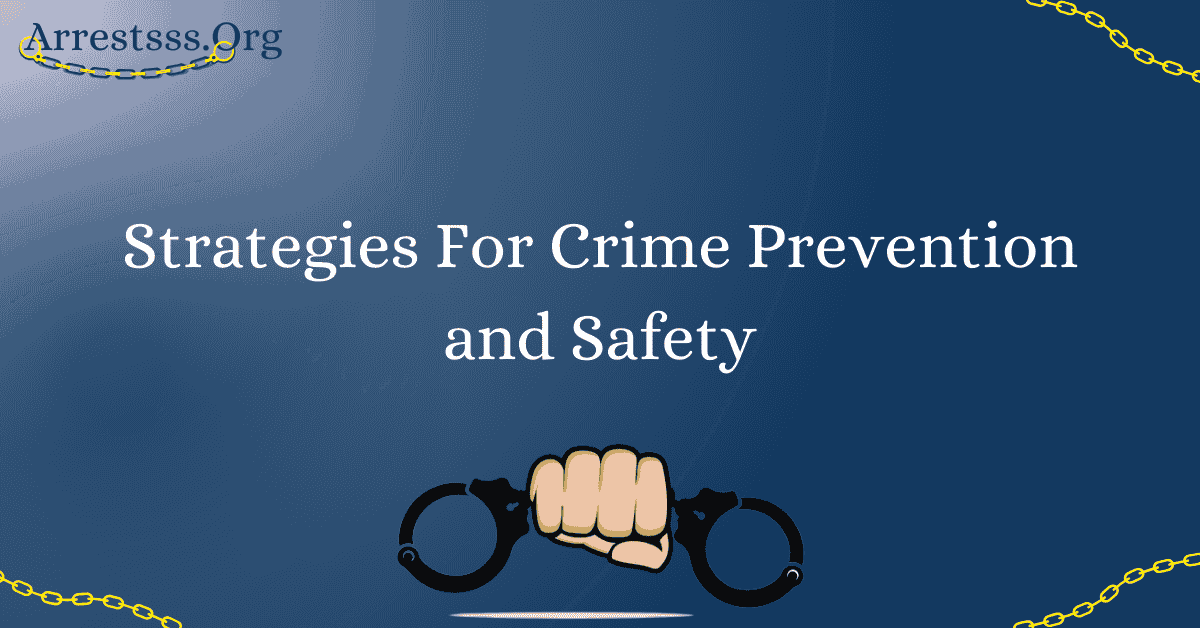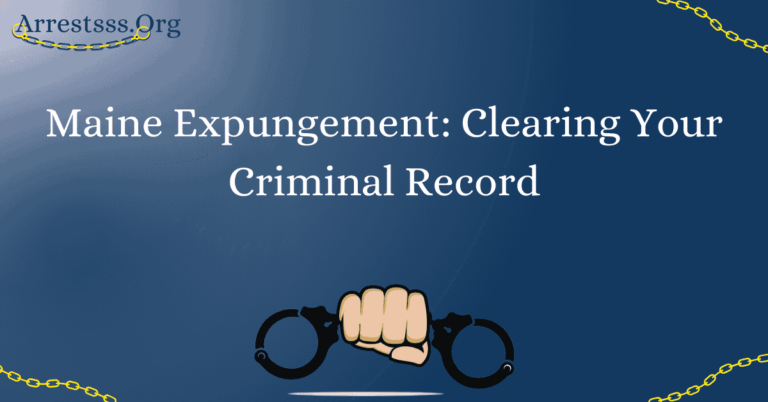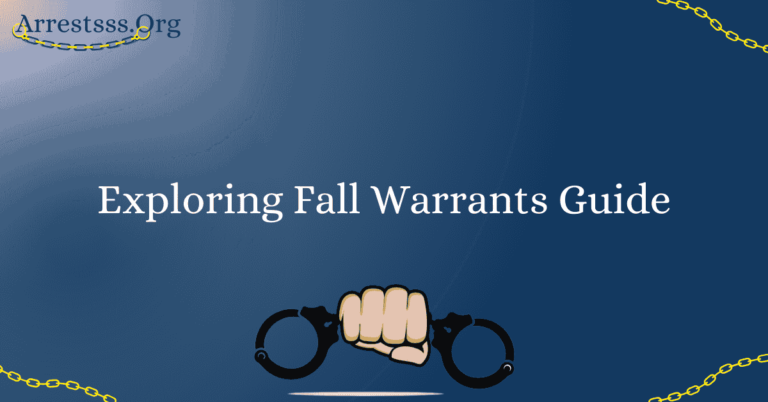Strategies For Crime Prevention and Safety

In today’s dynamic world, prioritizing personal safety and crime prevention is paramount. This comprehensive guide explores multifaceted strategies and insights to enhance safety while deterring criminal activities. This article delves into the nuances of crime prevention and safety to empower individuals and communities.
Minor Changes for Major Impact
Crime prevention and safety are not solely achieved through major overhauls but also through minor, yet impactful, adjustments. These subtle changes can significantly contribute to safer environments and lifestyles. Before we delve into the core topics, let’s explore the potential of these minor changes.
Home Safety
Your home should be a secure sanctuary. Begin by fortifying entry points with robust locks and consider installing security systems with surveillance cameras and alarms. When away, create the illusion of an occupied home with timers for lights and electronic devices. Collaborate with neighbors to establish a neighborhood watch program, fostering vigilance against suspicious activities.
Personal Safety
Personal safety hinges on awareness and preparedness. Stay vigilant, particularly in dimly lit or unfamiliar areas, and avoid walking alone at night. Share your whereabouts with a trusted individual and utilize personal safety apps. Basic self-defense knowledge empowers you to respond confidently in potentially dangerous situations, with a focus on escape and seeking help.
Community Engagement
Building a safer community begins with active participation. Form or join a neighborhood watch group to share information on questionable occurrences. Attend community meetings to strengthen relationships with local law enforcement and voice concerns. Together, you can create an environment less appealing to criminals.
Cybersecurity
In today’s digital age, online safety is integral. Safeguard your online presence by using robust, unique passwords for each account and considering a password manager. Exercise caution when interacting online, avoiding suspicious links and sharing personal information. Regular software updates and reliable antivirus programs provide additional layers of protection.
Self-Defense
While physical confrontations should be a last resort, understanding self-defense techniques instills confidence and preparedness. Enroll in self-defense classes to acquire essential skills for self-protection in dangerous situations. Remember that self-defense aims to facilitate escape and seek assistance, not to engage in combat.
Emergency Preparedness
Prepare for unforeseen events by assembling an emergency kit. Stock it with non-perishable food, water, flashlights, batteries, a first-aid kit, a multi-tool, blankets, and essential documents. Familiarize yourself with local emergency protocols and evacuation routes, and communicate your plans with family members to ensure a coordinated response during crises.
FAQ’s
How can I enhance my home’s security on a limited budget?
Home security can be improved economically by reinforcing doors and windows, using cost-effective motion-activated lighting, and implementing DIY security measures such as window film and door alarms.
Are there any recommended personal safety apps for nighttime outings?
Yes, several personal safety apps are available. Apps like “SafeTrek” enable discreet alerts to authorities in emergencies, while “Companion” allows friends and family to monitor your real-time location for added security.
What essential items should I include in a natural disaster emergency kit?
An emergency kit for natural disasters should contain non-perishable food, water, flashlights, batteries, a comprehensive first-aid kit, a multi-tool, blankets, and copies of important documents. Customize it based on your family’s specific needs and local risks.






